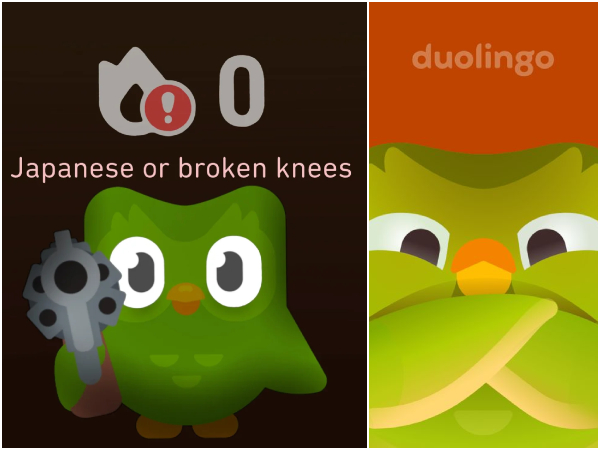The do’s and don’ts of vibe coding

Turning an idea into working software has never been easier, faster, or more affordable. Thanks to a new class of AI-assisted tools, a movement known as vibe coding is reshaping how software gets built.
If you’re not familiar with the term, vibe coding refers to the use of natural language tools that dramatically lower the technical barrier to software development. You describe what you want—literally, just say it—and the AI writes the code, building your app before your eyes. From there, you can give feedback, tweak results, and refine the product through simple, back-and-forth interaction.
This shift empowers solopreneurs and business owners to focus on outcomes without getting bogged down in engineering. More importantly, it removes the steep cost and complexity once required just to get a prototype off the ground.
Here’s why vibe coding could be a game-changer for founders and small to midsize businesses—and where its limits still lie.
The upside: What vibe coding makes possible
- Build MVPs in hours, not weeks
Before vibe coding, even testing an idea required weeks of planning and a sizable budget. Today, you can build a working minimum viable product in an afternoon. That means faster feedback loops, quicker iteration, and smarter go/no-go decisions.
- Move faster, pivot smarter
With vibe coding, you can quickly test ideas in the market, pivot based on customer feedback, and invest engineering resources only in what gains traction. It’s a more agile, lower-risk way to innovate.
- Empower internal teams
Need a custom reporting dashboard? An onboarding tool? A resource scheduler? With vibe coding, nontechnical teams can create light apps that solve internal pain points—no dev team required.
- Level the playing field for founders
The broader impact? More ideas get a shot. More small businesses can take root. More diverse voices can be heard. For investors, it means concepts can be vetted earlier and with more clarity—leading to smarter funding bets and higher odds of success.
The limits: What vibe coding can’t (yet) replace
Of course, the obvious question arises: If a tool that once required a five-figure budget can now be built in an afternoon, are software professionals getting coded out of a job?
The short answer: no. What vibe coding changes is when and why you bring in professional developers—not whether you need them. It democratizes access and speeds up early exploration. But there are important limits that still require experienced teams.
- Scalability becomes a bottleneck
Vibe-coded apps are great for prototyping. But when you need scale—handling real users, integrating APIs, managing payments, maintaining uptime—you’ll hit limits fast. For growth and complexity, you’ll need real engineers.
- Quality control still requires human judgment
AI doesn’t understand your edge cases. It doesn’t anticipate compliance requirements or subtle business rules. Production-grade software needs thoughtful architecture, thorough testing, and rigorous review. That’s human territory.
- Security isn’t baked in
The moment you handle user data—even something as basic as an email—you step into legal and ethical territory. Most vibe-coded apps aren’t designed with secure auth flows, proper data storage, or access controls. That’s not a criticism—it’s just not their purpose. Public-facing tools need professional-grade security.
Bottom line: Vibe coding changes the game, but it doesn’t replace the players. It simply lets more people step onto the field.
A real-world example: My mom, a wedding venue, and an afternoon app
My parents own a wedding venue, which they’ve built over the years on a picturesque Midwest ranch. Their property—the forest chapel, the refurbished historic barn—it’s phenomenal.
At the same time, this is a competitive industry, and they are constantly looking for new ways to add appeal: They built a stone bridge to a charming island they call Yonder; they raised a miniature donkey named Mojito who wears flowers and saddles beer for the reception.
It’s all good, but when budget is a primary concern, it’s unclear whether these added features will result in more “yesses.”
My mom’s been doing this for a while. She knows that the primary concerns for couples are cost, sure, logistics, and the million little details and decisions that define both.
I assured her that this is the sort of problem software can solve.
So, the last time she visited, we vibe-coded a wedding planning app together on Lovable. It allows couples to mix, match, visualize, and budget, all on a single, simple interface. It’s fun, it gives them transparency, and it delivers ease.
It’s making a difference for her business already, and it took us a single afternoon.
A few key also trues from my mom’s example:
- Seeing a possible software solution and how it would work required me—a career UX designer and professional software architect.
- The tool is private, used during venue tours—not something publicly hosted or scaled.
- The app uses static data, like a visual calculator. If we needed real-time bookings, payments, or user accounts, we’d need proper backend infrastructure—and a professional team.
This is where vibe coding shines: rapid ideas, small use cases, single-user workflows. It’s not the whole product—it’s the first spark.
Final thought: Get coding—even if you don’t “get” coding
I live in San Francisco, where it feels like everyone has an app idea. But I suspect millions of people across the country have equally brilliant concepts—ideas that could improve their communities, businesses, or lives.
Now, nothing stands in your way.
If software shapes our world—and it increasingly does—then it’s crucial that people from all walks of life help shape software. That starts by building.
Spend an afternoon in Lovable, Replit, Bubble, or any other vibe-coding tool. If you’re not sure which to use, describe your idea to ChatGPT or Perplexity and ask which platform fits best.
Your first version doesn’t need to be perfect. But it does need to exist. I can’t wait to see where your experimentation leads.
Lindsey Witmer Collins is CEO and founder of WLCM App Studio and Scribbly Inc.
What's Your Reaction?
 Like
0
Like
0
 Dislike
0
Dislike
0
 Love
0
Love
0
 Funny
0
Funny
0
 Angry
0
Angry
0
 Sad
0
Sad
0
 Wow
0
Wow
0































































































